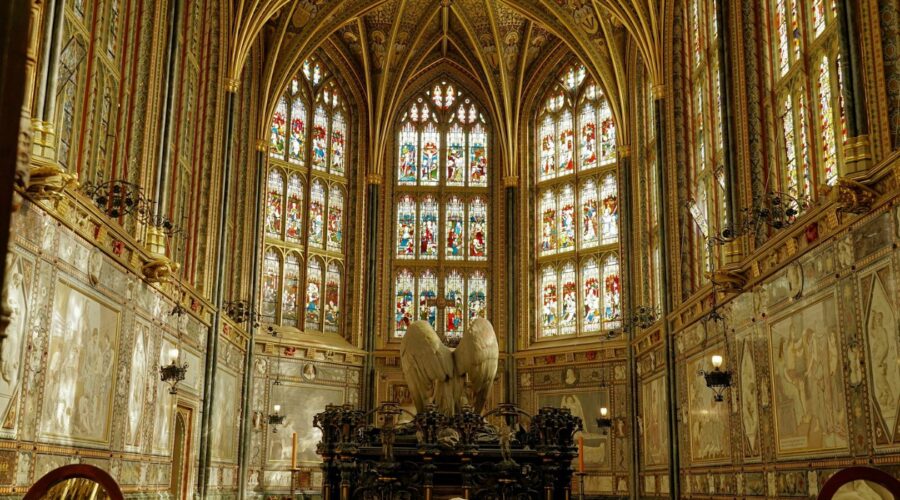Your cart is currently empty!
Unveiling the Catholic Diocese: A Comprehensive Guide

Introduction
A Catholic diocese is an ecclesiastical territory under the jurisdiction of a bishop. It is a fundamental unit of the Catholic Church’s administrative structure, serving as the hub of pastoral care, spiritual guidance, and sacramental administration for the faithful within its boundaries.
Components of a Diocese
Bishop
The bishop is the primary pastor and spiritual leader of the diocese. He is responsible for the diocese’s overall governance, sacramental administration, and ensuring the well-being of the faithful.
Curia
The curia is the administrative body that assists the bishop in his governance. It consists of various offices, such as the chancery, finance office, and tribunal, which handle the daily operations and legal matters of the diocese.
Parishes
Parishes are territorial subdivisions within the diocese, each led by a pastor. They are where the faithful gather for worship, receive sacraments, and engage in various spiritual and community activities.
Canonical Structure
The structure of a Catholic diocese is defined by canon law, which provides the framework for its governance and administration.
Canonical Boundaries
Each diocese has well-defined geographical boundaries that determine its jurisdiction and the communities it serves.
Types of Dioceses
- Metropolitan Archdiocese: The principal ecclesiastical province, led by an archbishop who oversees other dioceses within the province.
- Suffragan Diocese: A diocese under the authority of a metropolitan archdiocese, led by a bishop who participates in the governance of the province.
- Diocese: An ecclesiastical territory headed by a bishop, without provincial affiliation.
Episcopal Authority
The bishop has ultimate authority within his diocese, including the power to:
- Appoint priests and deacons
- Establish and close parishes
- Confer sacraments
- Govern the diocese’s finances
Pastoral Care and Ministries
Sacramental Administration
The diocese is responsible for administering the seven sacraments to the faithful, including:
- Baptism
- Confirmation
- Eucharist
- Reconciliation
- Anointing of the Sick
- Holy Orders
- Matrimony
Spiritual Guidance
The diocese provides spiritual guidance and support to the faithful through:
- Prayer groups
- Retreats
- Catechesis
Social Service
Many dioceses engage in social service activities to serve the needs of their communities, such as:
- Soup kitchens
- Healthcare facilities
- Educational programs
Education and Formation
The diocese plays a vital role in education and formation, providing:
- Seminaries: Train future priests.
- Catechetical Schools: Prepare children and adults for sacraments.
- Lay Formation Programs: Enhance the faith and leadership skills of the laity.
Community Involvement
The diocese seeks to foster community involvement through:
- Laity Organizations: Empower the laity to participate in the Church’s mission.
- Ecumenical and Interfaith Dialogue: Promote unity and understanding.
- Youth Ministries: Nurture the faith and leadership potential of the younger generation.
Tips for Lay Catholics
- Know your diocese: Familiarize yourself with its history, structure, and current programs.
- Attend diocesan events: Participate in gatherings and activities organized by your diocese.
- Support your local parish: Actively engage in parish life and ministries.
- Get involved in social service: Lend a helping hand through diocesan outreach programs.
- Stay informed: Keep up-to-date with diocesan news and announcements.
Conclusion
The Catholic diocese is an essential pillar of the Catholic Church, serving as a center for spiritual guidance, pastoral care, and community outreach. Understanding its structure, functions, and ministries can enhance the involvement and faith of all the faithful within its boundaries.